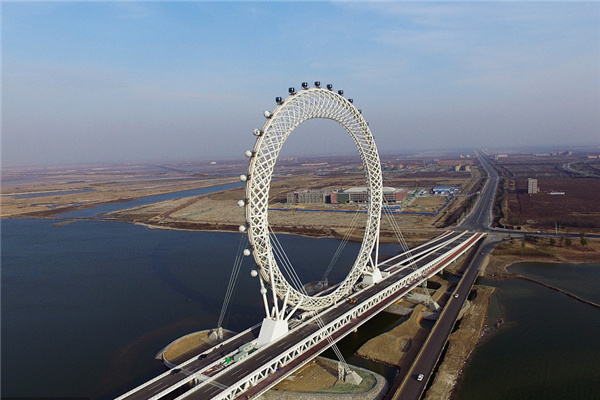

On November 1990, the Shanghai Stock Exchange (SSE) was established.
On June 1991, the Shenzhen Stock Exchange was set up.
On October 1992, the China Securities Regulatory Commission (CSRC) was formed to strengthen the management of the Chinese stock market.
On December 1992, the Circular on Further Strengthening Macro Administration of the Securities market was issued.
From 1996 to the end of 2002, between 200 to 250 listed firms experienced a change from the State-owned to private entities.
On July 1999, the Securities Law was issued.
From September 1999 institutional investors, including SOEs, listed enterprises, investment funds, insurance funds, and pension funds were gradually permitted to invest in the stock market. Bank credits also entered the stock market.
From February 2000, selected securities enterprises were allowed to borrow funds from banks with their shares as collateral.
In 2000, the central government introduced a series of reform measures for privatizing listed enterprises, removing restrictive barriers in the financial sector and improving legal protection for shareholders.
In 2002, the A-share market was opened to foreign investors under the scheme of Qualified Foreign Institutional Investors (QFII).
In January 2005, the central government slashed the stamp tax by half, reducing it to 0.1 percent in an apparent attempt to boost the falling stock market.
On May 30th 2007, the central government increased the stamp tax from 0.1 percent to 0.3 percent.
(China Daily 03/24/2008 page2)













